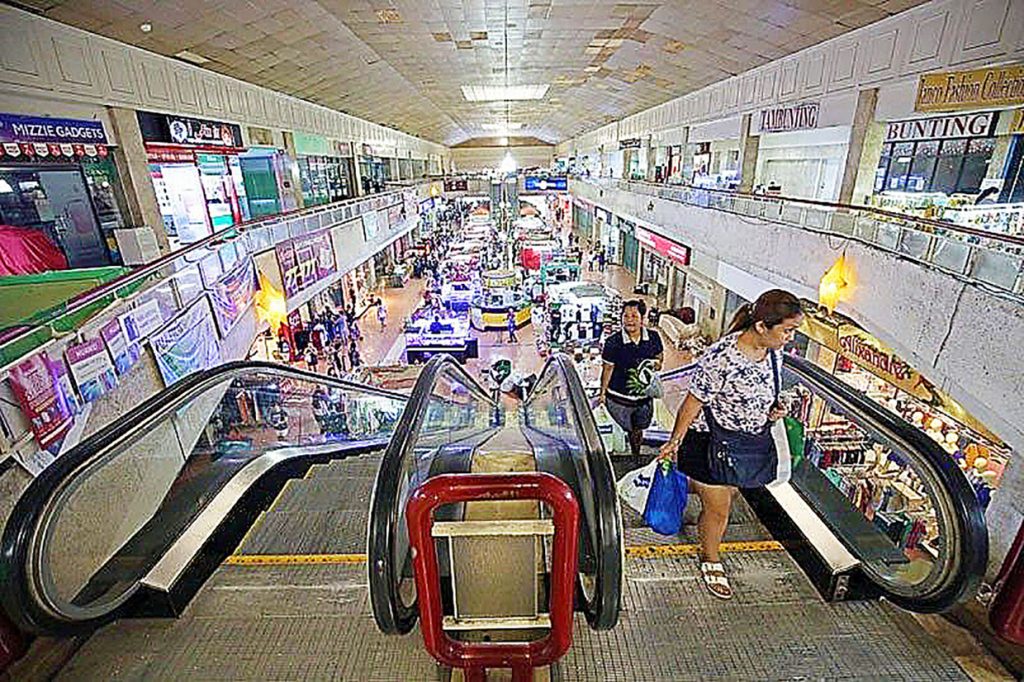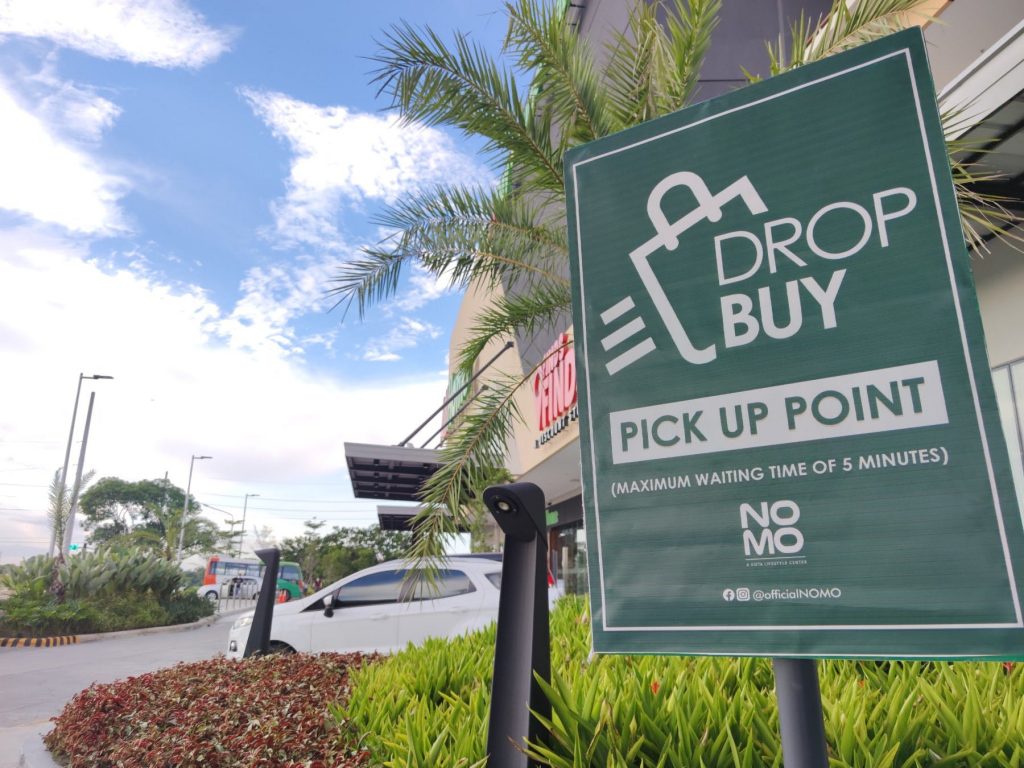Filipinos love malls. This can be seen in the expansion of malls all over the country in recent years. From providing consumers retail needs, mall developers have widened their offerings to shoppers by featuring lifestyle components into their developments.
However, Filipinos’ love for malls is not enough to shield the retail sector from the interruptions caused by COVID-19. There is now a need to accelerate innovation in the already dynamic retail property market.
“The pandemic has caused a significant interruption to the long run of growth of the Philippines’ consumer-driven economy, severely affecting mall operators and retailers,” Colliers International Philippines said in its latest quarterly retail market report.
Retailers must innovate to remain relevant, it added.
VACANCY TO RISE FURTHER
Data from Colliers show that vacancy among malls in Metro Manila rose to 12.5 percent in the third quarter of the year from 10 percent in the first quarter.
“During strict lockdowns in Metro Manila, major mall operators reported as much as 50-percent drop in consumer traffic compared to pre-COVID-19 levels,” it added.
With lingering economic uncertainty across the country, consumers are still likely to focus spending on essential retail such as medicine, groceries, and food and beverage (F&B).
“We see this adversely affecting the retail space absorption of non-essential retailers, likely resulting in more closure in the next six to 12 months,” the property consultancy said.
Retail space absorption between the second and third quarter of 2020 registered at -164,000 sqm., according to Colliers.
For the full year 2020, Colliers said it expects take-up of -59,800 sqm.
“Colliers believes that vacancy across Metro Manila is likely to peak at 14 percent in 2020 as retailers maximize online platforms and rationalize brick and mortar space,” it added.
Colliers Research manager Joey Roi Bondoc said the figure is higher than the eight- to nine-percent vacancy between 2016 and 2019.
“Fourteen percent is the highest since the 19 percent in 2001,” Bondoc said, referring to the years following the 1997 Asian Financial Crisis (AFC).
Colliers said the 1997 crisis and its aftermath were a tumultuous period for Metro Manila retail, as vacancy levels reached 19 percent in 2001 from 14 percent in 1999.
ONLINE STORES
The report emphasized that a number of footwear and clothing brands have already closed their physical mall space as they fully migrated to online selling.
“Some retailers of personal accessories and miscellaneous items have also expanded their online reach and are not likely to take up new brick-and-mortar space in the next six to 12 months,” it added.
CONSUMER CONFIDENCE
Colliers said starting next year, the pace of construction of new malls will likely hinge on improving Filipino households’ consumer confidence and purchasing power and the retailers’ propensity to continue taking up physical mall space despite the growing popularity of online shopping.
As of the first three quarters of 2020, completion of new retail space has reached 53,100 sqm., 87 percent lower than the 393,700 sqm. expected at the beginning of the year.

“From 2020 to 2022, about 317,600 sqm. of new leasable space is scheduled to be completed per annum, representing a 10-percent drop from our earlier projection of a yearly delivery of 351,900 sqm,” Colliers said.
Meanwhile, Colliers emphasized that consumer demand is unlikely to recover for the remainder of 2020.
“The fourth quarter is traditionally a strong period for retail spending in the Philippines. However, slower remittance inflows from overseas Filipinos, rising unemployment, decreased disbursement of employees’ holiday bonuses, and a generally bleak consumer sentiment, based on the central bank’s latest survey, indicate that retail spending is likely to languish by the end of 2020. It may even persist into the first half of 2021,” Colliers said.
Given the bleak retail landscape, Colliers projects a 10-percent decline in rents in 2020. This is deeper than the 7.3-percent drop in 2009, during the Global Financial Crisis (GFC).
“We see average rents declining by another two percent in 2021 before a slow rebound (+1 percent) starting 2022,” the property consultancy said.
DEVELOPERS URGED TO REPURPOSE VACANT SPACES
With the retail sector’s dismal outlook, Colliers urges landlords to convert vacant spaces into flexible workspaces, subject to strict compliance with social distancing measures.
“This is crucial given that malls are near residential communities and this arrangement should significantly reduce employees’ commuting time, and improve work-life balance.
Landlords can also convert vacant spaces into fulfillment centers or micro warehouses to enable retailers to reach last-mile deliveries.
But Colliers managing director Richard Raymundo said retail landlords need to be careful with the spaces they replace or repurpose, emphasizing that the branding, as well as the location of the entire development, should be considered.
“Let’s say it’s a really non-prime location that’s close to the warehouse or ingress or egress part of the mall, maybe [it’s doable]. But let’s say you have a shopping mall and it’s in the prime area, you wouldn’t want to change that into the warehouse because it now affects the tenancy, the image, how it looks,” Raymundo said.
TECHNOLOGICAL ADVANTAGE
Retailers should also proactively look for technological advantages that will allow them to differentiate and outperform their competitors.
“Colliers encourages retailers to partner with app developers and maximize mobility maps to gauge consumer behavior and how it evolved during the pandemic,” Colliers said.
These include scan-and-go technologies. Shoppers can use smartphones to scan and pay for products as this reduces contact points and is more convenient.
Colliers also urged mall operators to aggressively implement online platforms as well as personal shopping services.
“Some mall operators have introduced curbside pick-ups, where customers are offered a safe option to get their orders. Others have rolled out personal shopper services to reduce the risk of COVID-19 transmission and to enable contactless shopping,” Colliers said.

Examples of these initiatives include Starmall and Vista Mall’s curbside pick-up system DropBUY; Ayala Land’s DeliverEasy and Ayala Malls Neighborhood Assistant (ANA); Megaworld’s lifestyle delivery app Pick.A.Roo; SM Supermalls Get and Go, which offers curbside and drive-through pick-ups for essential needs, and Robinsons Malls’ Ring Rob, RPersonal Shopper and RDelivery services.
Other retailers are also rolling out online shopping strategies.
“H&M has partnered with Zalora to set up its first e-commerce marketplace while Merrymart is pioneering the dark grocery stores concept that intends to provide a 15-minute delivery service in selected cities in Metro Manila,” Colliers said.
RETAIL TO REMAIN DYNAMIC
Raymundo said changes in the retail sector would continue because of the pandemic.
“It’s just that this pandemic has brought in certain changes that are not physical. Maybe a need for a cloud kitchen for the tenancy. We see the likes of MerryMart doing dark groceries. That’s interesting. That’s something developers and landlords are going to embrace,” Raymundo said.
With or without the pandemic, one thing is certain, the retail sector will need to remain dynamic and evolve with the changing times.
